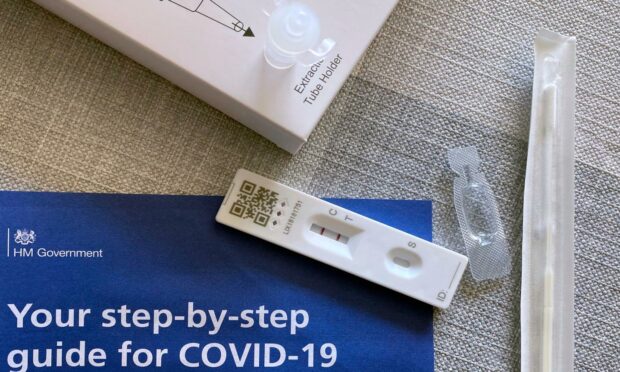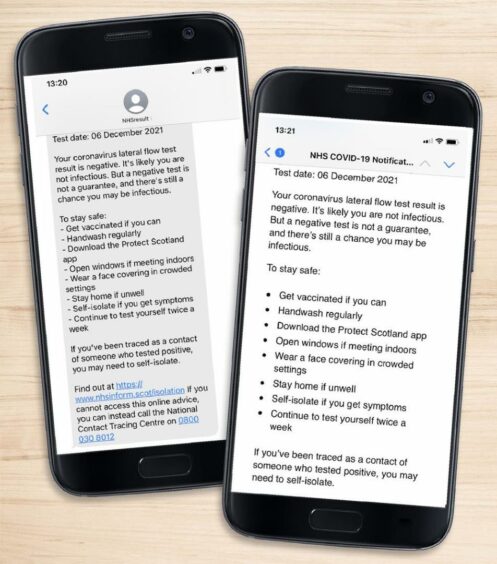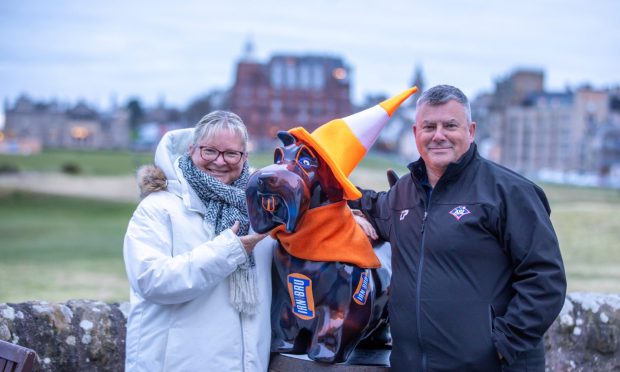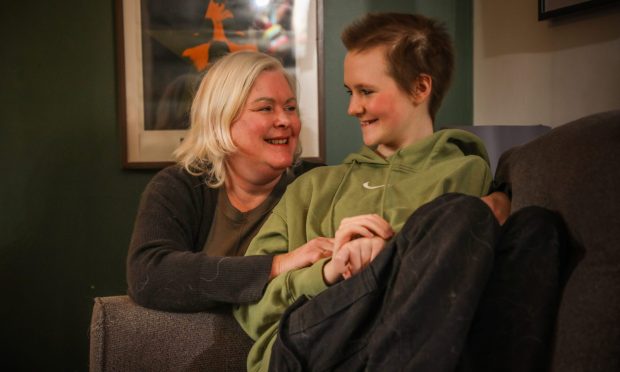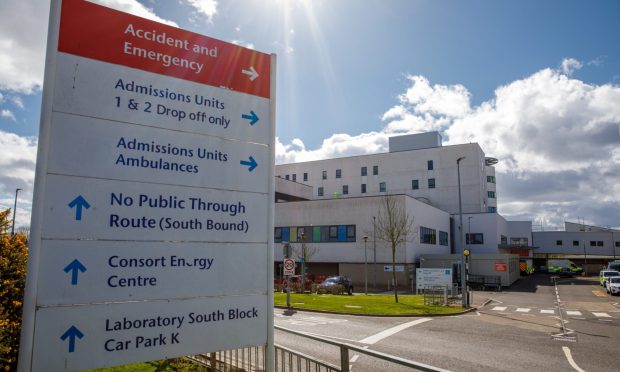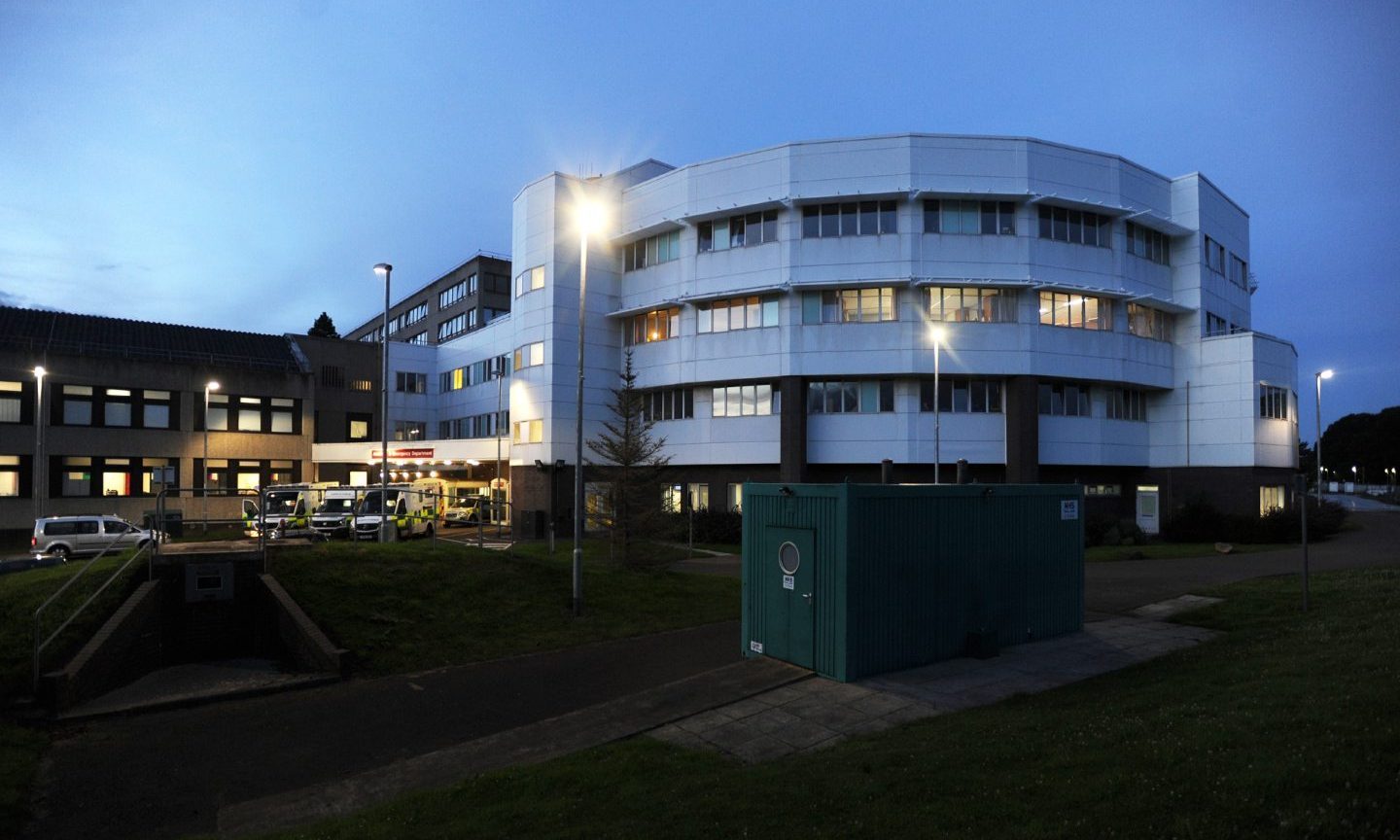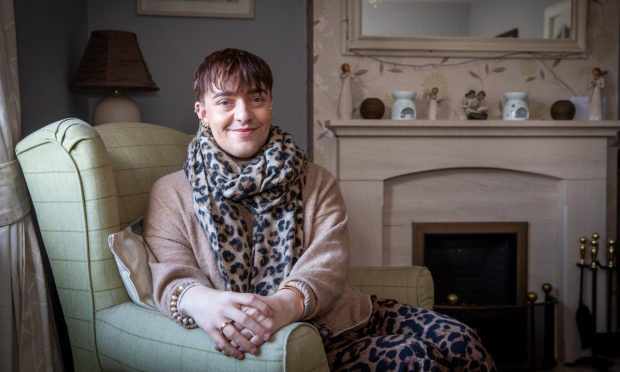From today you can show a negative lateral flow test (LFD) result to gain entry to certain venues in Scotland, as well as a vaccine passport.
But how should you show proof of your negative test result at venues?
And who might need to show an LFD instead of proof of vaccination?
We’re answering all your questions about the addition of LFDs to the Covid certification scheme.
What are the new rules?
From today (6 December), you can show either a negative lateral flow test result or your vaccine passport to enter certain venues covered by the Covid certification scheme.
These include nightclubs, gigs, or outdoor events with more than 4,000 people present.
The move has been made to reduce the spread of the virus and to keep case numbers down.
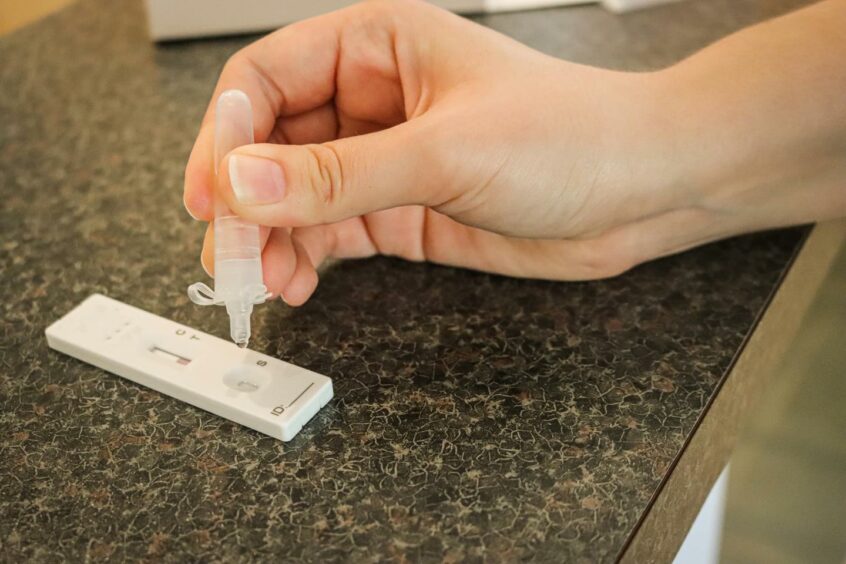
More than 88% of the adult population is fully vaccinated, and 92% have had a first dose.
As a result, the Scottish Government feels it can be more flexible with entry requirements to venues covered by the certification scheme.
The move also hopes to encourage the greater use of regular lateral flow testing.
This will aim to meet the government’s goal of reducing transmission within higher risk venues.
How should I show my negative LFD result at a venue?
Once you have taken an LFD, you should register the result online with the government, via the portal or by phone.
Once the test result is registered (and you consent to receive a confirmation message), an email and text is issued to confirm the result.
You can show the text or email to gain entry to settings where certification is needed.
You should take the LFD at least 24 hours before you plan to enter a venue covered by the certification scheme.
Who might need to use an LFD instead of a vaccine passport?
Some in Scotland have been vaccinated with a vaccine not approved by the Medicines and Healthcare products Regulatory Agency (MHRA).
This includes an estimated 23,000 international students vaccinated against Covid with a vaccine not yet approved by the MHRA.
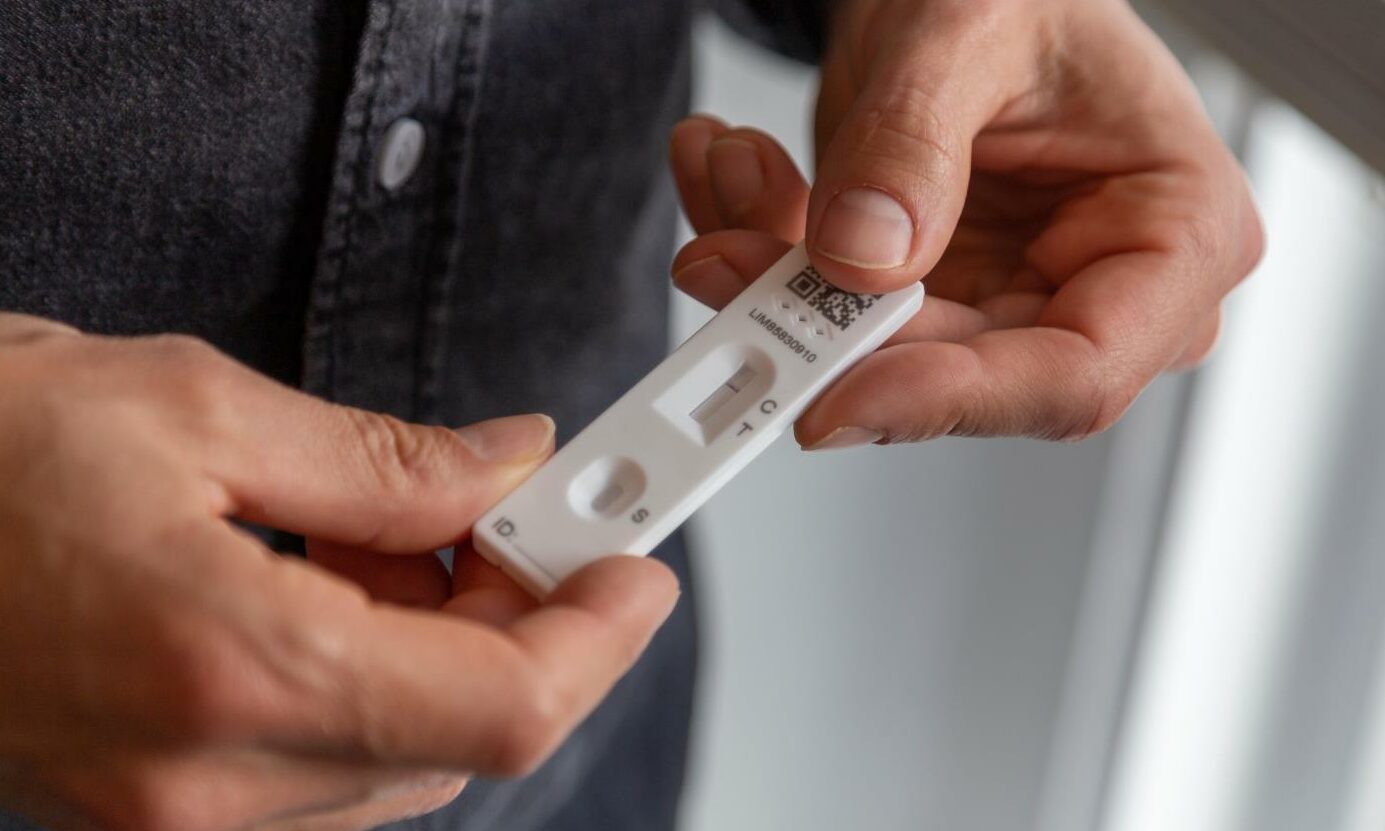
They will now be able to enter venues and events covered by the scheme by showing a negative LFD result.
Those who cannot be vaccinated due to health reasons will also be able to provide a negative LFD test result.
What are the concerns around self-reporting LFD results?
There are some concerns about the reliability of using LFDs to enter venues.
This is because people can register a negative result online without even completing a test.
Speaking on Good Morning Scotland, Deputy First Minister John Swinney said: “The lateral flow tests are very reliable tests.
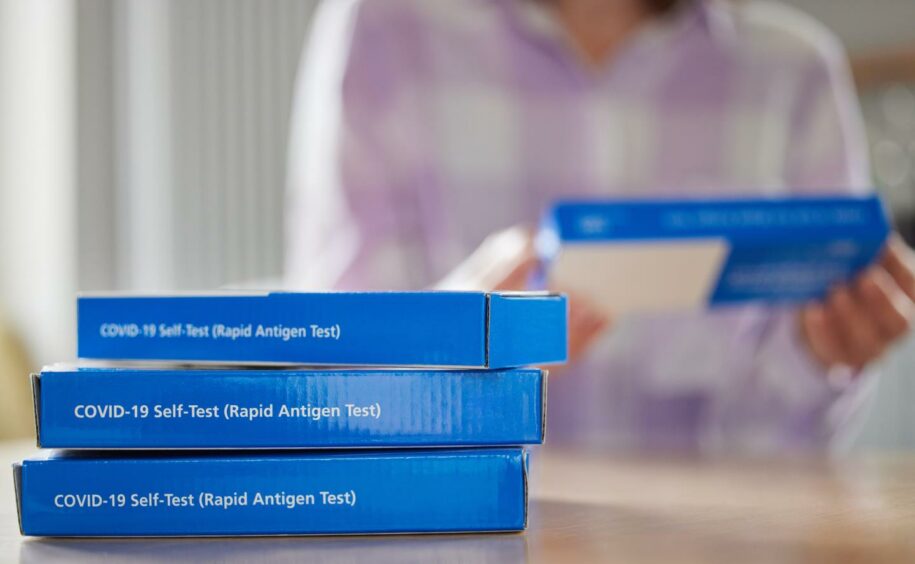
“There is 80-90% accuracy with LFDs, so they are a source of authority on whether individuals have the virus.
“It’s important people engage with this seriously.
“They do the tests, report the results and have the information to demonstrate they’re free of the virus to gain access to particular venues.
“It’s in absolutely nobody’s interest for people not to take this seriously and to report the accurate results they achieve.”
